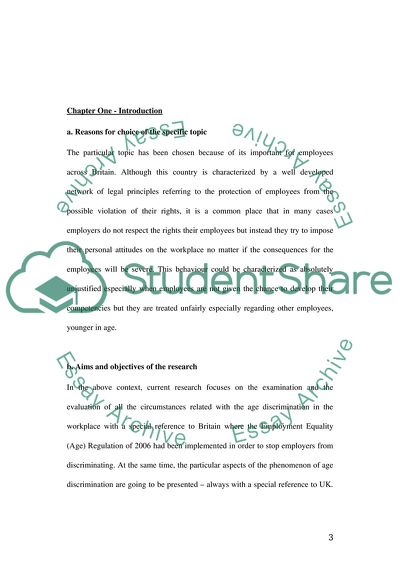Cite this document
(Discriminating On the Basis of Age Case Study Example | Topics and Well Written Essays - 5000 words, n.d.)
Discriminating On the Basis of Age Case Study Example | Topics and Well Written Essays - 5000 words. Retrieved from https://studentshare.org/gender-sexual-studies/1707221-the-employmeny-equality-age-regulation-2006-will-stop-employers-from-discriminating-on-the-basis-of-age
Discriminating On the Basis of Age Case Study Example | Topics and Well Written Essays - 5000 words. Retrieved from https://studentshare.org/gender-sexual-studies/1707221-the-employmeny-equality-age-regulation-2006-will-stop-employers-from-discriminating-on-the-basis-of-age
(Discriminating On the Basis of Age Case Study Example | Topics and Well Written Essays - 5000 Words)
Discriminating On the Basis of Age Case Study Example | Topics and Well Written Essays - 5000 Words. https://studentshare.org/gender-sexual-studies/1707221-the-employmeny-equality-age-regulation-2006-will-stop-employers-from-discriminating-on-the-basis-of-age.
Discriminating On the Basis of Age Case Study Example | Topics and Well Written Essays - 5000 Words. https://studentshare.org/gender-sexual-studies/1707221-the-employmeny-equality-age-regulation-2006-will-stop-employers-from-discriminating-on-the-basis-of-age.
“Discriminating On the Basis of Age Case Study Example | Topics and Well Written Essays - 5000 Words”, n.d. https://studentshare.org/gender-sexual-studies/1707221-the-employmeny-equality-age-regulation-2006-will-stop-employers-from-discriminating-on-the-basis-of-age.


